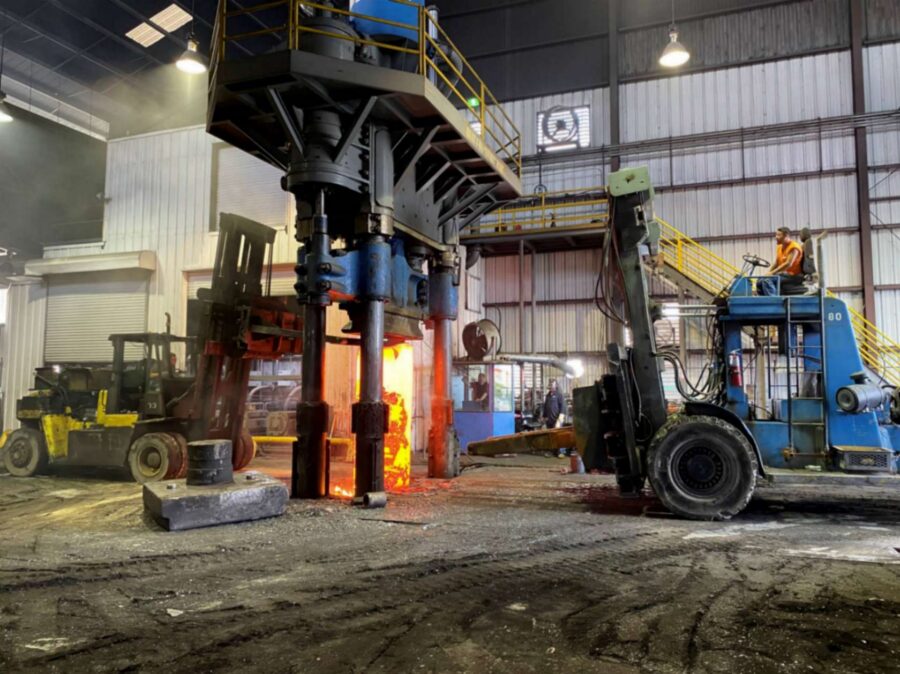
Components of a Forged Pressure Vessel
Forged pressure vessels are designed to contain gases or liquids at pressures substantially different from ambient pressure. They are used in the oil, gas, chemical and petrochemical industries. The construction of a forged pressure vessel involves several components, each serving a specific function to ensure the vessel operates safely and efficiently. Here are the primary parts of a forged pressure vessel:
Shell: The shell is the primary component of a pressure vessel, providing the main containment structure. It’s typically cylindrical or spherical and can be made from various materials including carbon steel, stainless steel, and other alloy materials, depending on the application and the substances to be contained.
Heads: These are the end caps on the cylindrical body of the vessel, providing closure and sealing the pressure inside. Heads can be flat, hemispherical, elliptical, or conical, depending on the design requirements and the pressure to be contained.
Nozzles: Nozzles are pipe-like structures attached to the shell or heads, allowing for the inlet and outlet of fluids, attachment of instruments, or provision for inspection ports. Each nozzle is designed to withstand the pressure and temperature conditions of the vessel.
Flanges: Flanges are used to connect the nozzles to external equipment like pipes, valves, or other vessels. They are designed to withstand the operational pressures and temperatures and ensure a leak-proof connection.
Manways: Manways are openings that allow personnel to access the interior of the vessel for inspection, cleaning, or repair. They are typically sealed with a bolted cover that can withstand the internal pressures of the vessel.
Supports or Skirts: Pressure vessels are equipped with supports or skirts to bear the weight of the vessel and its contents. Supports can be in the form of legs, lugs, or rings for horizontal vessels, while skirts are typically used for vertical vessels.
Safety Valves/Relief Devices: These are critical components for the safe operation of pressure vessels. Safety valves and relief devices are designed to open and release excess pressure if the internal pressure exceeds a predetermined limit.
Internal Components: Depending on the process, a pressure vessel might have internal components like baffles, trays, or tubes. These are used to direct flow, promote heat transfer, or facilitate chemical reactions within the vessel.
Insulation: To maintain the temperature inside the vessel and to protect the external environment from the temperature of the vessel, insulation might be applied to the exterior of the vessel.
Lining: Some pressure vessels have an internal lining to protect the shell from corrosive materials or to prevent contamination of the vessel contents.
The design and construction of these components are governed by engineering principles and standards such as the ASME (American Society of Mechanical Engineers) Boiler and Pressure Vessel Code to ensure safety, reliability, and performance.
